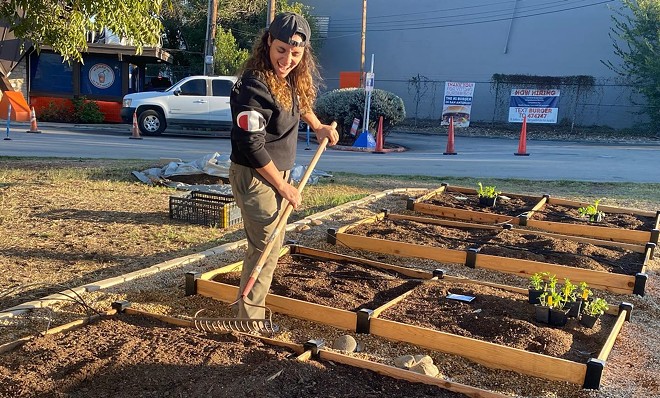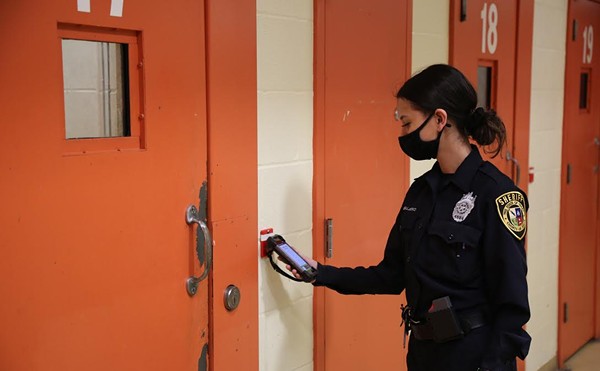The study is the result of a year-long collaboration between Stanford's Natural Capital Project (NatCap), the Food Policy Council of San Antonio and three San Antonio city departments. Scientists examined the impact of two types of urban agriculture on city land: urban farming and the creation of food forests.
If the city were to coordinate urban farming on its underutilized public land — something that would involve planting and rotating seasonal crops — it could annually produce 926 million pounds of food, according to the study. With a dollar value of $1.17 billion, those crops would feed 1.27 million households.
If the same underutilized land was used to create food forests — a type of agriculture in which perennial crops like fruits and nuts are planted in layers resembling a natural ecosystem — it would yield 192 million pounds of food annually, the report shows. That would be enough to feed nearly 314,000 households.
"Using our model, we took all the publicly owned natural areas in San Antonio and reimagined them from vacant or underutilized lots to farms and food forests," NatCap Chief Strategy Officer Anne Guerry said in a statement. "Then, we calculated the benefits that would be provided."
Hagney played a key role in establishing San Antonio's first food forest, Tamōx Talōm Community Food Forest. The project is a partnership between the Food Policy Council, San Antonio's Office of Innovation and Bexar County's Parks and Recreation Department.
Even using food forest practices solely in an 8.86-acre area within San Antonio's Villa Coronado Park, located in City Council District 3, could produce more than 100,000 pounds of fruit and nuts annually, the report shows. That would be enough to prove fruit and nuts for all households in the district now receiving food stamps.
District 5 Councilwoman Teri Castillo, a member of the committee, said San Antonio should move quickly to devote public land to agricultural use.
"In order to bear the fruits of the food forest, we need to start as soon as possible," she said.
Subscribe to SA Current newsletters.
Follow us: Apple News | Google News | NewsBreak | Reddit | Instagram | Facebook | Twitter


















